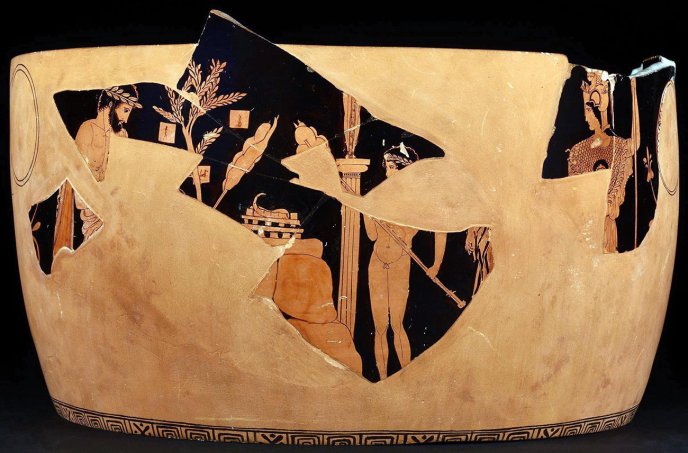For at least a millennium, the Greek world has bloodied altars to pay homage to its gods. In the words of Jean-Louis Durand, Greece is a "sacrificial culture". It is a particular form of culture in which human beings make contact with superhuman powers around an animal that has been put to death. The opportunities for such contact are as numerous as they are varied, and all the available documentary genres bear witness to it, whether in the form of manuscripts, epigraphs, iconography in all its forms or archaeological data. The only thing that inevitably eludes us is the participatory observation that comes with immersion in a living culture. From this point of view, the precision of anthropological fieldwork enables us to measure all that the historian of ancient Greece has definitively lost. In the awareness of this lack, however, it is possible to grasp the ritual processes at work in the sacrificial operation by summoning up all available types of data. Making these elements react in relation to one another (i.e., what is evoked by poetic texts, ritual norms, images painted on vases, bone assemblages in sanctuaries) is the form of experimentation that remains accessible to anyone wishing to understand a sacrificial culture of the past. Far from any general theory, this series of lectures will focus in particular on "the gods' share", in the most concrete sense of the portions taken from the animal's carcass and reserved for the recipients of the operation, in order to put to the test the analysis of the sacrificial device as a specific language between men and gods.
The lecture will be followed by a series of seminars entitled Sacrifices in Comparison. As the title suggests, the aim will be to open up the analysis of Greek material to other sacrificial cultures.

